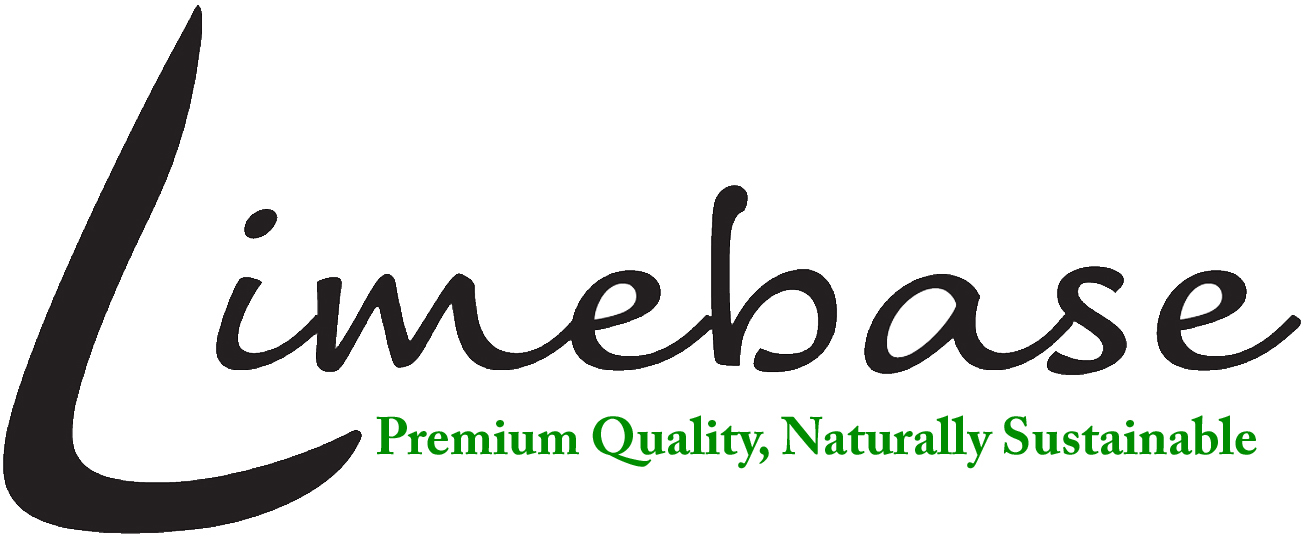Lime is one of the best building materials that you can find, not just because of its qualities, but also for its ability to effectively restore and transform certain buildings. Lime can only serve to prolong the life of any building. Even in the past couple of decades, the use of lime has increased substantially, particularly mortars and renders. These basic materials are of crucial importance to the longevity of important buildings and while they are viewed with some scepticism by many, natural lime mortars are one of the best ways to restore and repair traditional architecture.
Many buildings of historical interest were constructed with natural lime from the era when they were built. Attempts have been made to restore these buildings with more modern cement but the result that this produces is less than satisfactory. These sub-standard repairs then need additional work to remove the problematic material before they can be repaired and restored properly using the correct lime mortar and render.
Selecting the right mortar for the restoration project can be a complex task and it is one that demands skill and experience. Lime products are perfect for restoration work because they are flexible meaning that they can absorb building movement without cracking or weakening over time. Furthermore, the material is breathable so moisture won’t be retained in the fabric of the building where it can cause deterioration of wood, bricks and masonry.
The nature of building restoration work is so important and the type of mortar that is used is equally so. The use of cement mortar for your restoration project shouldn’t even be considered. Solid masonry walls which are characteristic of old building construction require that the moisture that enters the fabric of the building through the walls can escape both as vapour and as water. The use of a cement based mortar will prevent this from happening. A lime based mortar on the other hand will allow the building to breathe, reducing the issues associated with trapped moisture. Furthermore, if water cannot escape, it can freeze inside of walls during the colder months, causing significant damage to the building.
The versatility of lime means that buildings can breathe, and the material is more flexible, so it moves as the building does. It is also great at self-healing so if tiny cracks appear in the mortar as a result of minor movement, over time these will gradually repair themselves. Lime mortar pointing should be carried out by a skilled professional who understands the best techniques and strategies for getting the best results.

